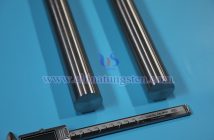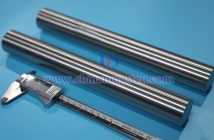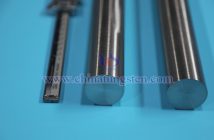Oxygen is a critical factor in regulating the performance of tungsten-nickel-iron alloy. Through mechanisms such as oxide inclusion formation, solid-solution strengthening, and grain boundary segregation, it impacts the alloy’s mechanical properties, thermal stability, and processability. Therefore, in practical applications, oxygen content must be controlled within reasonable limits through raw material purification, process optimization, and deoxidation techniques to fully leverage the alloy’s advantages in high density, high strength, and excellent corrosion resistance.
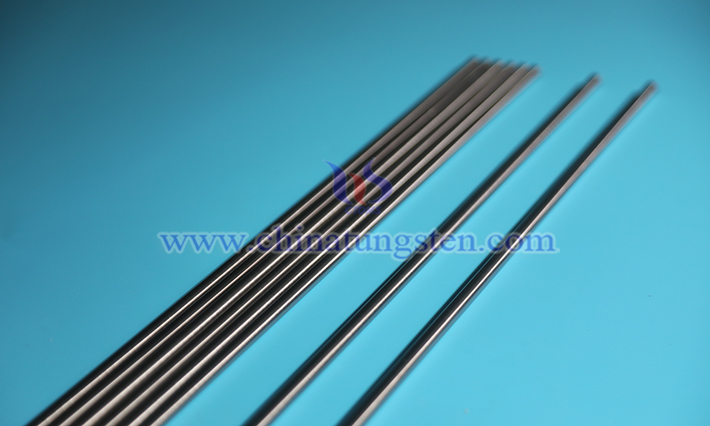
I. Forms and Mechanisms of Oxygen Presence
Oxygen in tungsten-nickel-iron alloy primarily exists as oxide inclusions, such as WO?, FeO, and NiO, typically formed through oxidation reactions during sintering or high-temperature service. Trace amounts of oxygen can dissolve into tungsten or the binder phase, altering lattice constants and causing lattice distortion. When oxygen exceeds its solubility limit, it segregates at grain boundaries or phase interfaces, forming low-melting-point eutectic phases (e.g., NiO-FeO eutectic), which weaken grain boundary strength. For instance, during high-temperature sintering, uncontrolled oxygen levels may lead to the precipitation of non-dispersive β-phase at grain boundaries, degrading mechanical properties.
II. Impact of Oxygen Content on Alloy Performance
Strength and Toughness: Oxide inclusions act as crack initiation sites, reducing tensile strength and impact toughness.
Hardness and Processability: While oxide inclusions increase material hardness, they also decrease ductility, making surface cracks more likely during processing. For example, tungsten-nickel-iron alloys with higher oxygen content exhibit reduced adiabatic shear sensitivity during rotary forging, leading to "self-blunting" during armor-piercing penetration.
Electromagnetic and Physical Property Changes: Oxygen presence lowers electrical and thermal conductivity. Additionally, oxide inclusions can enhance the alloy’s ferromagnetism, affecting its use in precision instruments like gyroscope rotors.
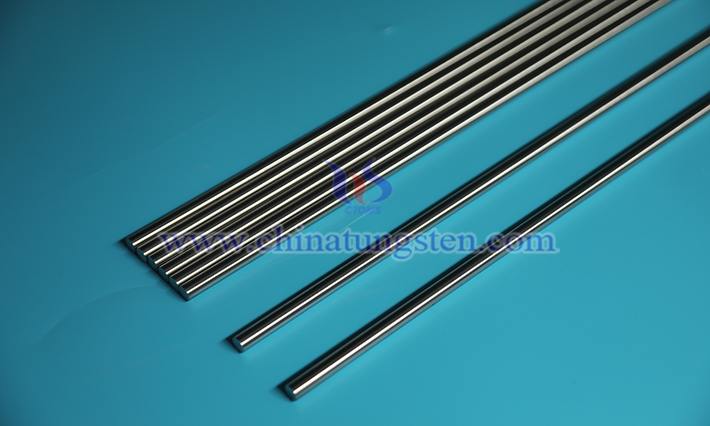
III. Oxygen Content Control Strategies
Raw Materials and Process Optimization:
Powder Pretreatment: Preparing tungsten powder via hydrogen reduction can lower oxygen content. Nickel and iron powders should be high-purity and stored in a vacuum to prevent moisture-induced oxidation.
Sintering Process: During liquid-phase sintering, using high-temperature-treated magnesium oxide or zirconium oxide fillers can effectively isolate oxygen sources.
Deoxidation and Refining Techniques:
Addition of Deoxidizers: Introducing zirconium or carbon during melting can reduce oxygen levels.
Vacuum Treatment: Vacuum induction melting or vacuum arc remelting can decrease oxygen content.

